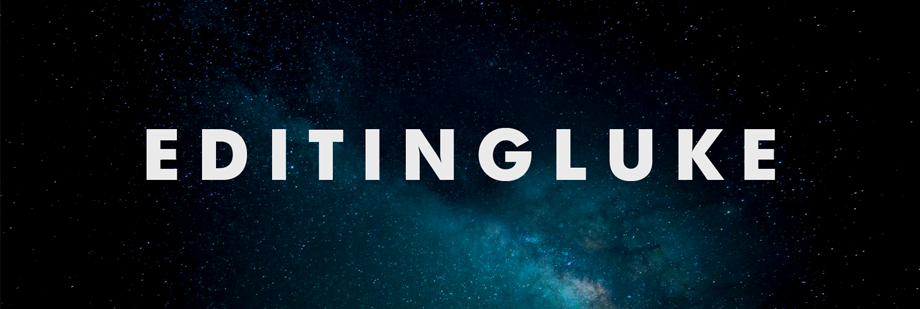 What happens to a camera after that much shooting? Well, the shutter is noticeably slower than it used to be. The sensor has a minor, but workable glitch. The viewfinder guard has fallen off. The back screen is cracking again after I replaced the glass once a year ago. The kit lenses both have a grit to them, likely from the sand collected on repeat shoots in the California desert. The telephoto has a rattle and no longer focuses properly when fully zoomed. There are also a smattering of to-be-expected scratches and scuffs.
What happens to a camera after that much shooting? Well, the shutter is noticeably slower than it used to be. The sensor has a minor, but workable glitch. The viewfinder guard has fallen off. The back screen is cracking again after I replaced the glass once a year ago. The kit lenses both have a grit to them, likely from the sand collected on repeat shoots in the California desert. The telephoto has a rattle and no longer focuses properly when fully zoomed. There are also a smattering of to-be-expected scratches and scuffs. All things considered, this camera has held up remarkably well for how many miles it's traveled and for how much abuse it's took. As someone who shoots a lot of travel content in the moment and on the go, this camera was constantly getting tossed around in my backpack. I'm not the least bit disappointed about how its held up or performed. This Canon has been a workhorse and its earned its spot on the shelf next to my other retired cameras.
 Replacing and upgrading equipment is par for the course with any media business - and in this case I bought a brand new camera and series of lenses specifically for future travel shoots. What makes it bittersweet is that I captured so many incredible adventures with this T3i. It was far from the most expensive camera, but I certainly got my moneys worth over and over again. Curious to see some of what I shot with it? Explore these travel collections for more:
Replacing and upgrading equipment is par for the course with any media business - and in this case I bought a brand new camera and series of lenses specifically for future travel shoots. What makes it bittersweet is that I captured so many incredible adventures with this T3i. It was far from the most expensive camera, but I certainly got my moneys worth over and over again. Curious to see some of what I shot with it? Explore these travel collections for more:- Aloha Hawaii
- Around Alberta
- Roadside California
- Pacific Northwest
- Middle America
- Motor City
- Shambhala


















































